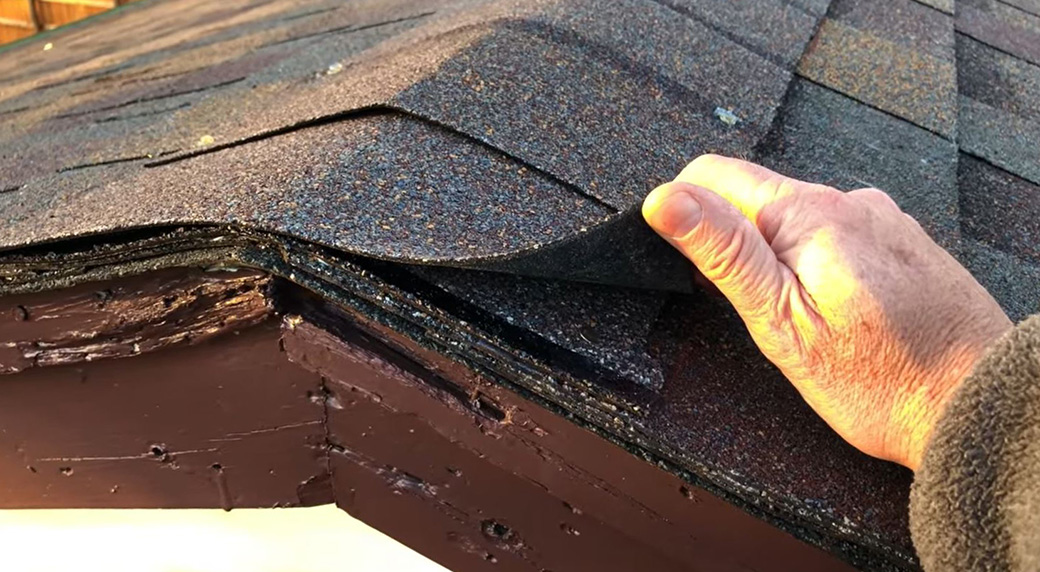What Should A Roof Inspection Include?
Every person who owns a property should make it a point to have a regular roof inspection done. Roof inspections are essential as they give you the chance to spot any potential issues early on. This way, you can take care of the necessary roof repairs right away, before the problems get worse. Remember that putting off a quick and easy fix can lead to serious roof issues in the future, such as structural damage or leaks.

Have It Done By Professionals
You may be tempted to save a little bit of money and take care of your regular roof inspections yourself but this misses the point of the process. The average homeowner will likely spot any serious problems with their roof or obvious issues like a missing shingle. You will not, however, know what signs of other damage to look for or be aware of the potential indicators for future damage.
By contrast, professionals can spot all of the roof-related problems relatively easily. They also know the most common issues that affect homes in your area, giving them a head start on what to look for. Furthermore, a roofing professional will know what areas of the roof to inspect and be able to stay safe while on the roof. While hiring a pro to do the inspection will cost you a bit initially, it has the potential to save you thousands in potential future repairs.
Whether you choose to do the roof inspection yourself or hire a professional to take care of it like we suggest, the process should include a few key elements.
What To Look For On Shingle Roofs
To some extent, the exact issues that a roofing professional will look for during an inspection depend on the type of roof that you have. In the case of a shingle roof, they will look for damage to the shingles themselves. This can range from seemingly obvious issues like missing shingles to less obvious problems, such as loose shingles, missing granules, or damage to the shingles like rot or growth of algae.
They will also be on the lookout for damage caused by water. There are many ways that water can get to the roof to damage it, including clogged gutters, improperly installed flashing, damaged flashing, and missing shingles. Because of the numerous causes, water damage is relatively common to spot, but the earlier you find it, the sooner you can remedy the situation.
The roofer will also be on the lookout for mold, which is an indication of water damage. They will pay extra attention to the areas by the chimney and your attic’s insulation. Professionals also look at the gutters of homes with shingles. They may look for clogs that can cause all that water damage. They may also look for loose granules from your shingles, which indicates the shingles are getting worn.
What To Look For On Metal Roofs
In the case of metal roofs, the main goal is to spot leaks and the causes, with a few other focuses as well. Roofers will check metal roofs for rust, which can create big holes that let water flow through. In the worst-case scenario, rusted metal roofs can lead to enough water damage where roofing panels fall apart. At the very least, you will likely notice a leak.
Pros will also check for loose seams since metal roofs tend to contract and expand based on weather. This natural phenomenon commonly makes seams separate and screws loosen. The result can be water buildup and damage from condensation if action is not taken.
The professionals will also be on the lookout for damaged flashing. If it has started pulling apart, this can create a gap that lets water get under the metal roof. This, in turn, could cause corrosion of your roof panels’ underside.
Areas To Inspect
Regardless of the type of roof that you have on your property, a roof inspection should include a full examination of the structure, both inside and out. The interior portion of a roof inspection should include a trip to the attic to look for mold and moisture. While there, you or your roofer should also check the insulation and ventilation to ensure everything is functioning properly.
The exterior inspection involves looking for wear and tear, both normal and otherwise. Professionals keep their eyes pealed for the condition of your roof shingles, chimney work, proper flashing, leaks, and ice dams, depending on your location.
The Follow-Up To An Inspection
Following a roof inspection by a professional, your roofer should let you know what issues they found, if any. Based on this information, they will create a suggested course of action for repairs that need to be done immediately. They should also give you an estimate of how much the necessary repairs will cost and how long they will take. The best roofers will also let you know if there are any things you should look out for in the future that do not need to be addressed yet.
Visit our Roof Contractor home page to learn more about us, or hire a local professional from over 100 USA locations.

